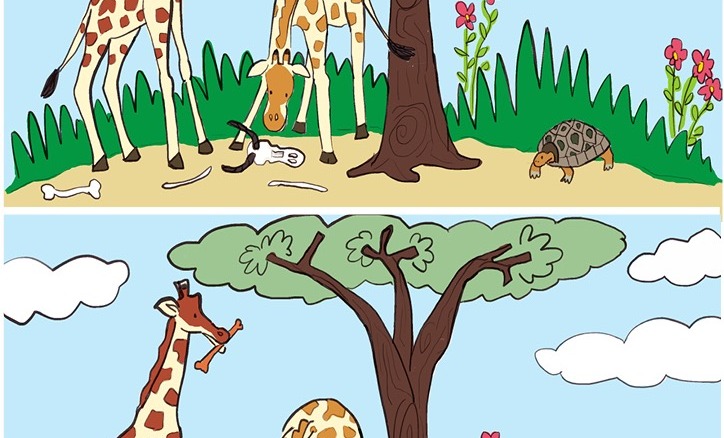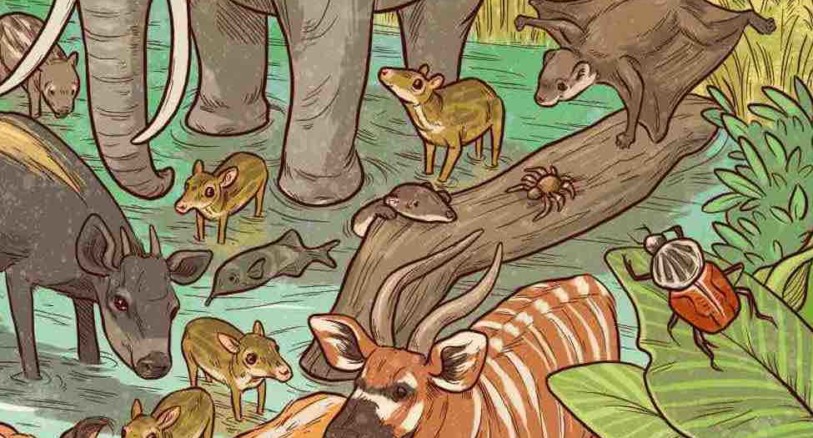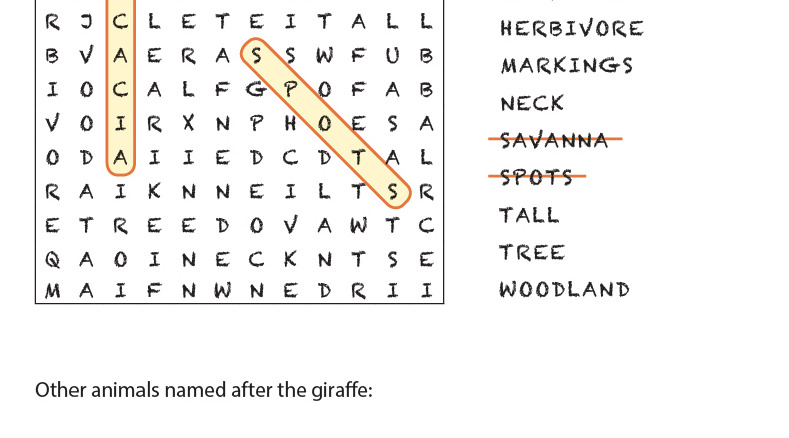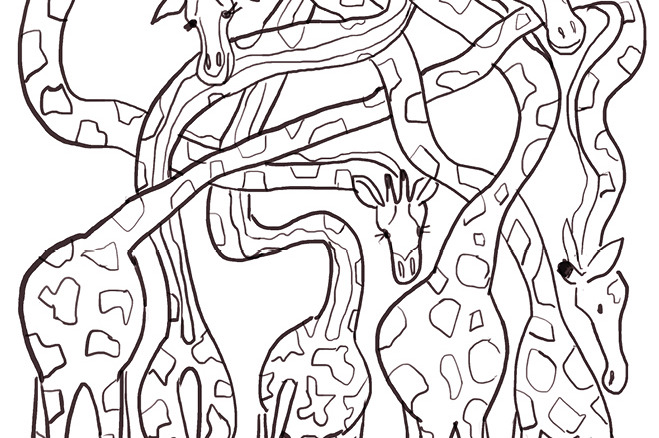
Primates are a group of mammals that sit together on the tree of life. We are primates. So too are our great ape cousins, lesser apes, monkeys, lorises, bush babies, tarsiers, and the lemurs of Madagascar. Scientists currently recognize around 720 species and subspecies of primates.
Did you know? We share 98.8% of our genetic code, called DNA, with our closest primate relatives: chimpanzees and bonobos.
Can you match the primate with its name?
All images via Canva.
Primates share a few physical traits. While some animals — like cows and chickens — have eyes on the sides of their heads, all primates have forward-facing eyes. The position of our eyes contributes to good depth perception, which primates use to navigate the world and find food.
Most — but not all — primates have opposable thumbs for grasping objects.

Where do non-human primates live? Non-human primates are mostly found in the warmer tropical and subtropical regions of Africa, Asia, and the Americas. They occupy a range of habitats, from tropical forests to savannas, to high-altitude grasslands.
Primates are important to the ecosystems where they live. For example, Madagascar’s ring-tailed lemurs eat fruit, poop out seeds, and help forests grow. Many primates are seed dispersers. Some even help pollinate flowers.
Over 60% of non-human primates are threatened or endangered. Some threats to primates include deforestation, illegal hunting and capture, and climate change.
Some ways you can help protect our primate cousins:
- Learn more about them and share what you learn.
- Buy sustainably produced foods and other products.
- Treat wild primates with respect.
- Support projects that conserve wild primates and their habitats.
- Advocate for primates by writing letters to your local politician.






